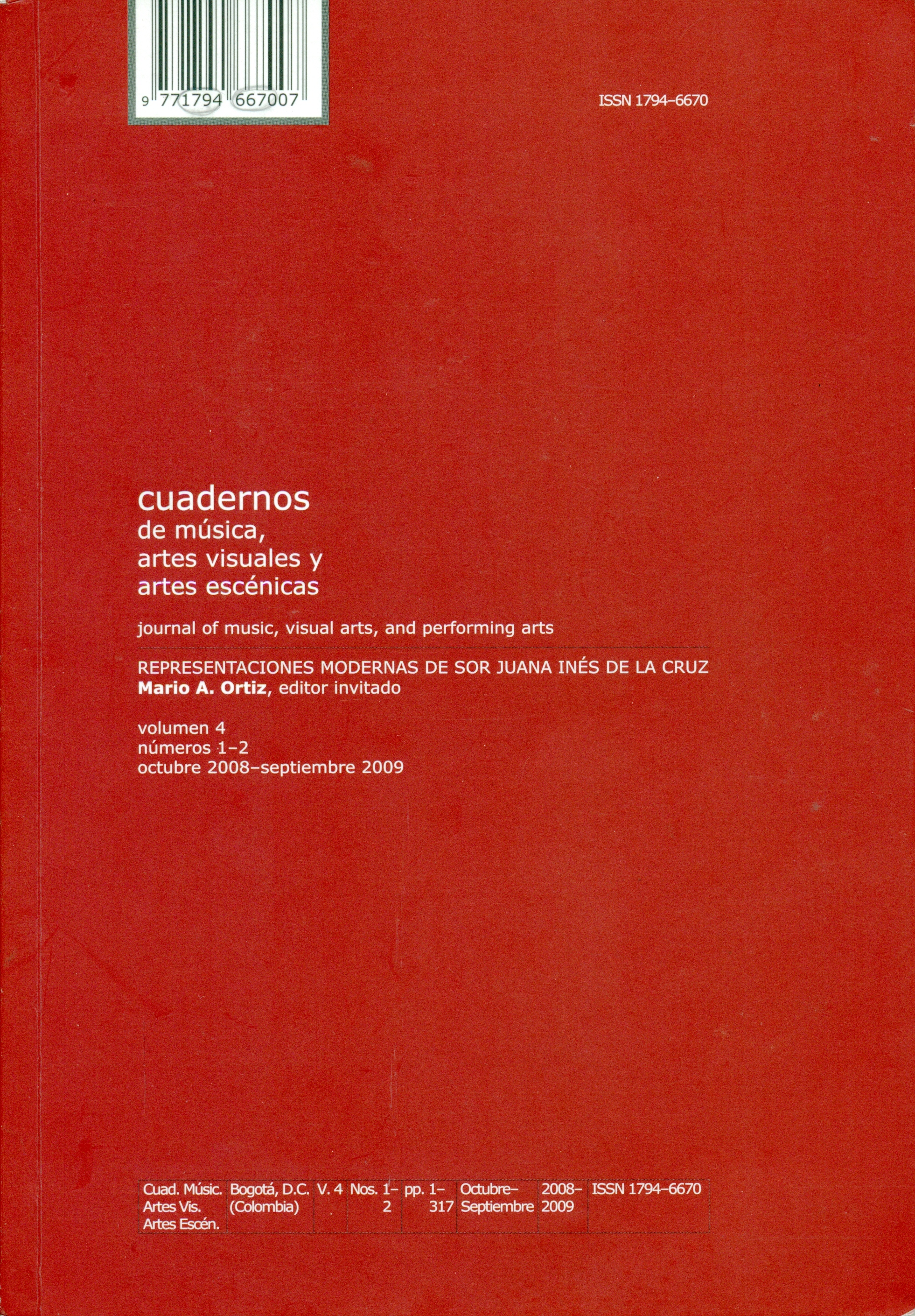Abstract
This study analyzes the work of Sor Juana Inés de la Cruz and the testimonial novel of Elena Poniatowska, Hasta no verte Jesús mío (1969), in order to discover the androgynous subjectivity of both the novohispanic poet and the protagonist of Hasta no verte, Jesusa Palancares. The object is not simply an exercise in identifying the androgynous characteristics of one or the other woman but to demonstrate how, in the context of the predatory patriarchies that victimize both of them, each develops the masculine aspects of her being as a strategy to cope with stress and the concrete problems caused by her situation, that of Sor Juana being that she is a disobedient nun and that of Jesusa being that she is abused, Indian, extremely poor and pugnacious. The other strategy that each woman pursues consciously is spiritual in nature: neither Sor Juana, a Catholic nun, nor Jesusa, daughter of a Catholic family, follows the dictates of her traditional religion. That the nun publishes her explorations of hermetic–gnostic beliefs is more scandalous and even dangerous, but in the case of the illiterate Jesusa, it is equally notable that she should seek intellectual studies that will bring her to understand gnostic concepts. Both are finally repudiated by their religious communities, but they accept their punishment without losing their independence of thought nor the liberating condition of their androgyny.This journal is registered under a Creative Commons Attribution 4.0 International Public License. Thus, this work may be reproduced, distributed, and publicly shared in digital format, as long as the names of the authors and Pontificia Universidad Javeriana are acknowledged. Others are allowed to quote, adapt, transform, auto-archive, republish, and create based on this material, for any purpose, provided the authorship is duly acknowledged, a link to the original work is provided, and it is specified if changes have been made. Pontificia Universidad Javeriana does not hold the rights of published works and the authors are solely responsible for the contents of their works; they keep the moral, intellectual, privacy, and publicity rights.
Approving the intervention of the work (review, copy-editing, translation, layout) and the following outreach, are granted through an use license and not through an assignment of rights. This means the journal and Pontificia Universidad Javeriana cannot be held responsible for any ethical malpractice by the authors. As a consequence of the protection granted by the use license, the journal is able to publish retractions or to correct information already published. Publishing contents in this journal does not generate royalties for contributors.


